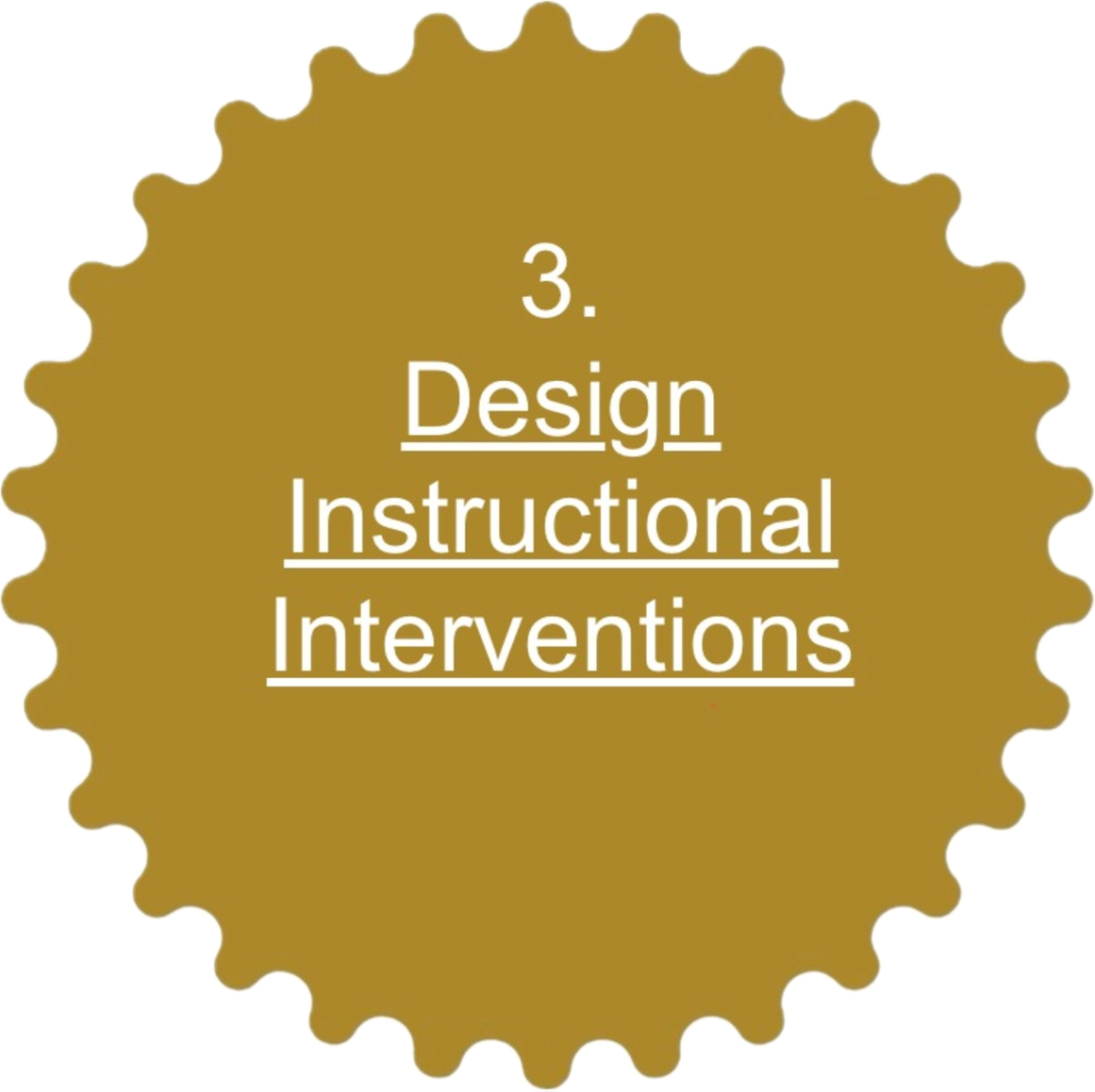Design and Development
✔ Design Instructional Interventions
Challenge 1A: Identify instructional strategies that align with instructional goals and anticipated learning outcomes.
Success Criteria: Evidence of utilizing the best instructional strategies (scaffolding, modeling, cooperative learning, case studies, service learning, etc.) based on the instructional goals and learning outcomes of a project.
Reflection must address: How you determined the instructional strategies based on the instructional goals for the project.
⭐ Completed. Click to view the evidence and the reflection.
Challenge 1B: Apply appropriate motivational design principles.
Success Criteria: Evidence of creating instructional materials, assessments, or design choices based on motivational theories (Keller’s ARC Model, social cognitive theories, goal theory, expectancy-value theory, attribution theory, other motivational theories).
Reflection must address: Specific example(s) of motivational design principles in your evidence and how these are applied or used in your design choices.
Not yet complete. Please check back again.
Challenge 2A: Apply appropriate interaction design and interactive learning principles.
Success Criteria: Evidence of implementing interactional pieces of design (user experience, design and balance, efficiency, understanding the interface) in the development of instructional materials.
Reflection must address: Specific examples of interactional pieces in your evidence and how these specific examples work well in the design.
⭐ Completed. Click to view the evidence and the reflection.
Challenge 2B: Use appropriate message and visual design principles.
Success Criteria: Evidence of using appropriate visual design (proximity, repetition, alignment, contrast) and message principles (content and delivery) in instructional materials. Other considerations include ADA compliance, readability, color choices, font choices, space, etc.
Reflection must address: Specific examples of message and visual design principles in your evidence and how these specific examples work well in the design.
Not yet complete. Please check back again.
